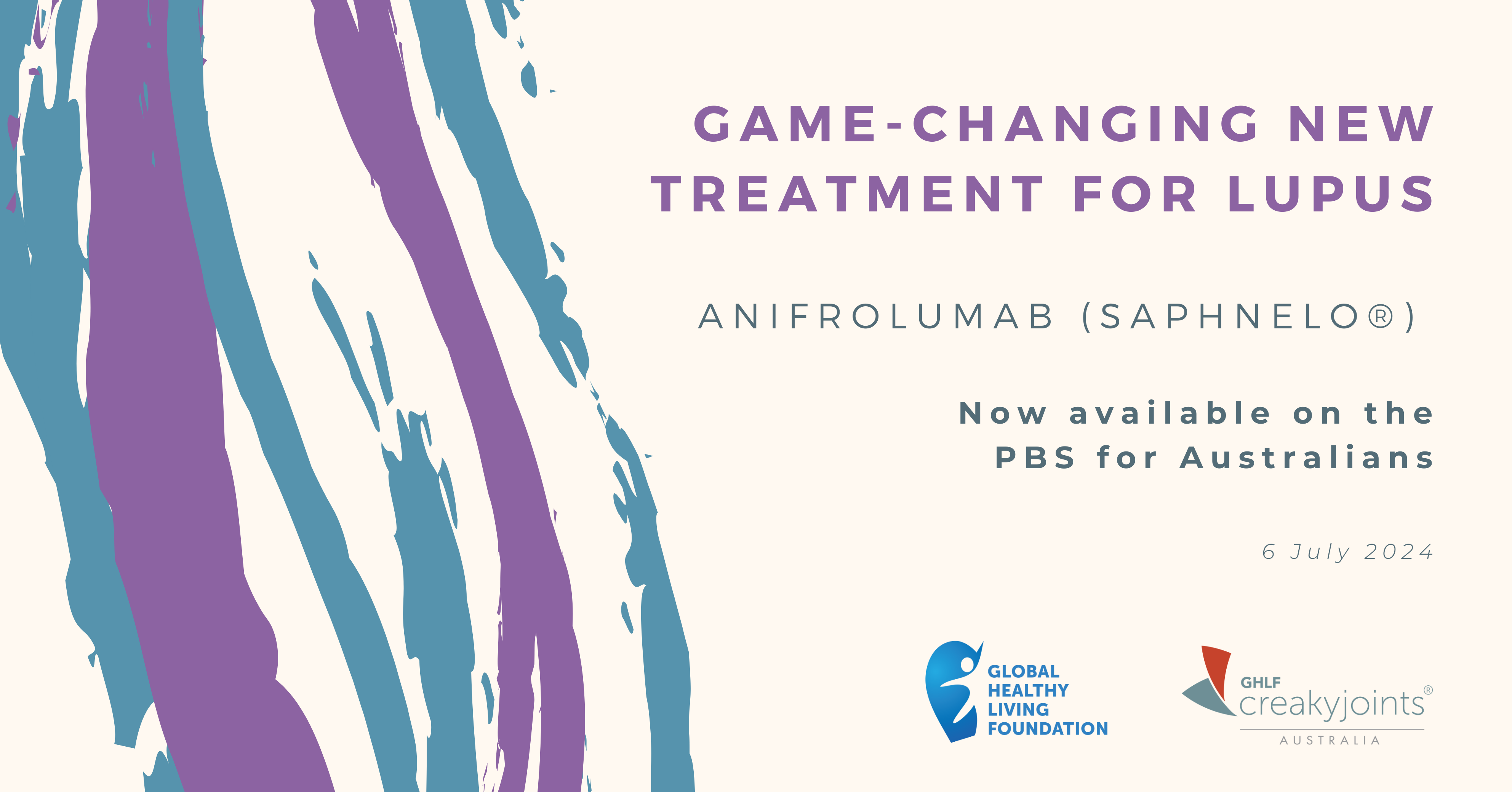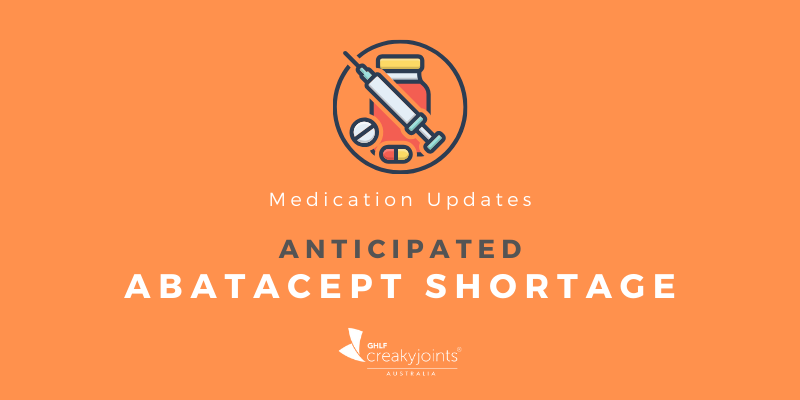Juvenile Idiopathic Arthritis Treatment
Juvenile idiopathic arthritis treatment usually involves a combination of medication, physical therapy and exercise. The goals of treatment are to relieve pain and inflammation, slow down or prevent joint destruction, and restore use and function to the joints.
For inflammation and pain, the doctor may prescribe nonsteroidal anti-inflammatory drugs (NSAIDs) like ibuprofen to ease inflammation and pain. If NSAIDs do not adequately control pain and inflammation, the doctor may prescribe other medications such as disease-modifying antirheumatic drugs (DMARDs) which are designed to slow the progression of the arthritis and help prevent permanent damage to the joints.
Biologics for Juvenile Idiopathic Arthritis
A newer class of medications called biologics are designed to target specific molecules inside immune cells that are associated with inflammation. These drugs act against the overactive immune response that causes inflammation, so that joint tenderness and swelling are reduced. In some cases, a child may require corticosteroid injections into the joint. Some commonly prescribed biologics include tocilizumab, etanercept and adalimumab. These drugs are approved for use in adults as well as children and can cause side effects that need to be monitored. Oral corticosteroids such as prednisone may be used in certain situations, but only for a short a time and at the lowest dose possible. This is because long-term steroid use is associated with harmful side effects like weight gain, poor growth and weak bones.
Physical Therapy for Juvenile Idiopathic Arthritis
Physical therapy is tailored to reflect the type of juvenile idiopathic arthritis the child has and severity of disease. Typically range of motion exercises are performed to restore joint flexibility and build muscle strength and endurance. It’s important that the child get regular exercise outside of physical therapy to keep muscles strong so the muscles can help support and protect joints and maintain the range of motion. If nonsurgical treatments fail, surgery is an option, which can include joint replacement.





